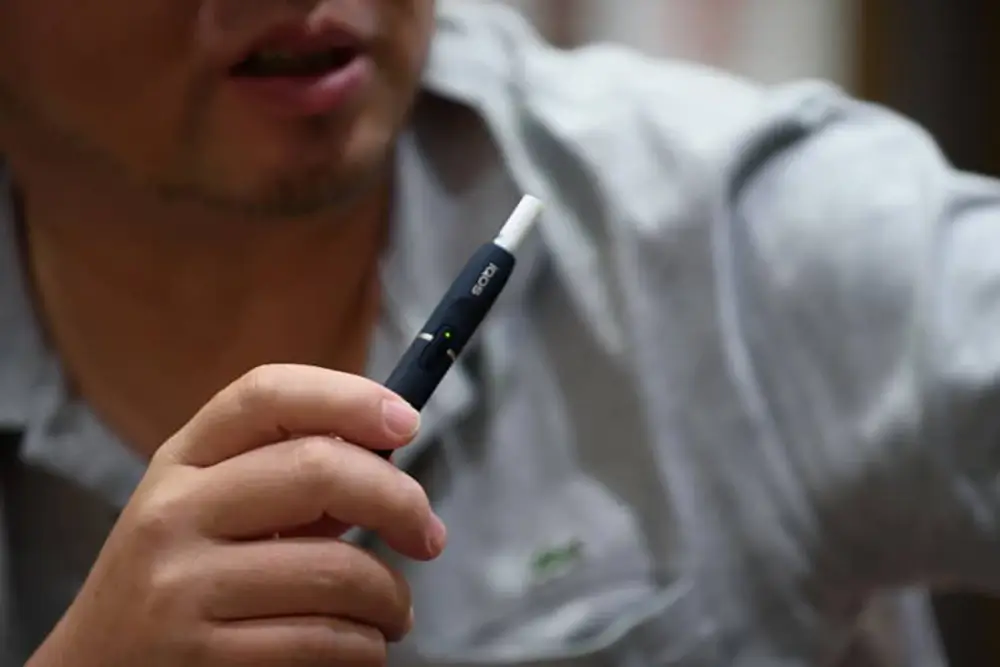Vape devices are revolutionary additions to the smoking cessation world, in part because of the way they’ve utilised new technology to help give ex-smokers an authentic experience that can be likened to smoking. Whether you’ve been vaping for years or for days, the ergonomic designs and simple controls of a vape device might mean that you overlook the complexity of what’s happening inside.
As with many other pieces of technology and sometimes even the human body, if it isn’t broke, you don’t think too hard about what’s going on inside. This is certainly the case with vape devices, and from the powerful sub-ohm mech mod to the IQOS UK, the same processes run through the devices. Below is everything you need to know about the way that e-cigarettes work, and how you can make the most of their unique power.
What Is Heat Not Burn?
Heat not burn was originally created back in the 1960s’ with a design from Herbert A Gilbert, an American. Unfortunately, the idea never really took off until 2003 when Hon Lik, a Chinese pharmacist and amateur inventor used the same basic design to create and patent the first real e-cigarette. Hon Lik’s design was an electrical system that when powered through a battery, atomiser and coil would electrically heat up specially designed nicotine-infused liquids into a vapour or aerosol, prime for inhalation.
How Does The Liquid Evaporate?
Modern vape liquids have become far safer than their chemical saturated prototypes. E-liquids are made of two organic compounds called propylene glycol and vegetable glycerine. The latter carries the thickness of the e-liquid, whilst the former carries the flavourings and nicotine. The e-liquid is heated up in the vape device after being saturated in a small amount of cotton, and it is this that evaporates and inhaled through the device’s mouthpiece.
What Else Can Be Vaped?
It’s not just e-liquids that can be heated up in this manner. Loose leaf and IQOS Heets onlineuse plant and tobacco matter for heat not burn purposes. These are heated without fire inside devices like the IQOS and PAX 3, allowing you to benefit from a hybrid of tobacco and vaping or cannabidiol focused marijuana extracts.
Internal Batteries
Most vape devices that you’ll find on the market are charged via an internal battery. Aided in its charging by accessories such as the IQOS AC power adapter, the battery is built into the device and charged using plug sockets and USB ports. It’s advised that you let your device’s internal battery run dry before charging again, thus maintaining healthy battery life.
External Batteries
Some devices use external batteries. Mechanical mods and rebuildable decks with unregulated power systems often require you to buy rechargeable or disposable batteries to power your device. The most common battery used is the 18650 battery.
Mods
It’s not just as simple as powering your device on and off. More advanced vape devices allow you to regulate the wattage, resistance and voltage running through your device. This gives you the freedom to experiment with the amount of power produced by your vape device, which in turn affects the strength of your vapour inhale.
Temperature Control
Alongside the power and density of your vape inhale, some vape devices have temperature controls which similarly affect your voltage or wattage but instead focus on the temperature at which your vaping. It just goes to show that when heat not burn is implemented, you’re met with far more flexibility than a mere cigarette.





